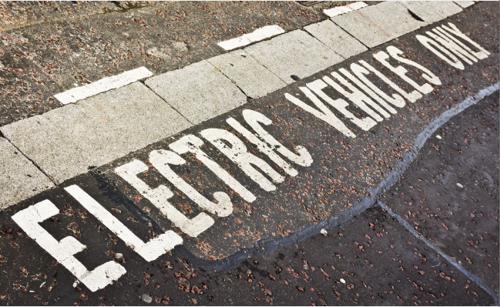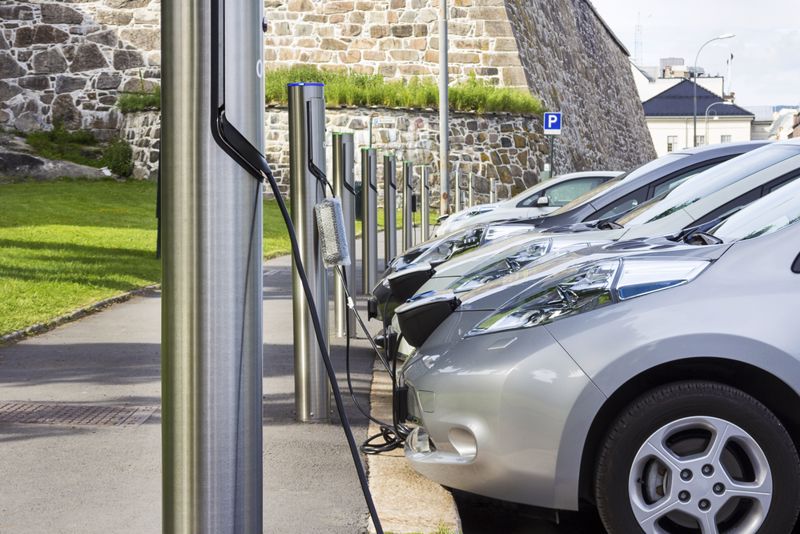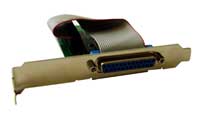
IoT: A major electric vehicle driving force
By Perle SystemsMarch 3, 2023
With the effects of climate change worsening at a mind-boggling rate, many companies and consumers alike have a heightened focus on their carbon footprint. They're looking toward more environmentally friendly products, services and production processes — including the cars we build and use every day. According to research published by Statista, passenger cars powered by fossil fuels produced over three billion metric tons of carbon dioxide worldwide in 2019. Vehicles in the U.S. accounted for nearly two million of those tons. As the United States Environmental Agency explains, the average passenger car produces over 4.5 metric tons of CO2 annually.
Given those numbers, it makes sense that many motorists and motor manufacturers have turned to electric vehicles (EVs) as an alternative to burning oil and polluting the environment. These cars rely either partly or fully on electricity as a fuel source. And, like most other contemporary technologies, these cars are increasingly connected to the world around them. Here's how the internet of things (IoT) — the global network of devices connected to each other and the internet — is being used in the EVs and the EV industry at large:
Going the distance
Per Forbes, while fuel prices are becoming exorbitant, it's still a lot easier to find a gas station than an electric charging one. Naturally, this is a huge concern for motorists who fear depleting their electric car's battery while driving. EV's range is a problem, and IoT can help solve it. Smart sensors combined with data-driven analytics can alert drivers when their energy supply is running low, much like a gauge needle displays a gas tank's volume.
Charging up
These sensors described above might also conceivably inform a driver of nearby charging stations, similar to a GPS, and whether the car is compatible with any given station. This tech can also help facilitate payment and transactions at stations, even through blockchain technology. According to Ericsson, IoT can also assist charging station managers by informing charging point operators of energy supplier capacity in the same way that gas stations know how much fuel they have in stock.

Hitting the brakes
As described by AZo Materials, IoT can play a major role in an EV's braking system in addition to its battery circuits. This tech can be used to collect information to improve regenerative braking efficiency. Simply put, the braking system captures kinetic energy lost during braking and stores it for later use, and this can be converted into electricity to recharge an EV's battery, as JD Power explains. Initial research has shown that this tech might help increase an EV's traveling range by up to 25%, no matter the battery's initial charge.
Simplifying things
EVs can be incredibly complicated to manufacture. Some components are almost infinitely complex, and one small wrong move can set the stage for disaster, particularly when it comes to welding. IoT is being partnered with artificial intelligence (AI) to monitor the welding process by capturing images at every stage. These are used to spot any mistakes or possible issues that human workers can rectify before the car hits the open road.
Partner with Perle to power vehicles
Perle Systems carries a vast assortment of products that cater to the transportation industry. No matter your requirements, we have the software and hardware to meet your needs.



